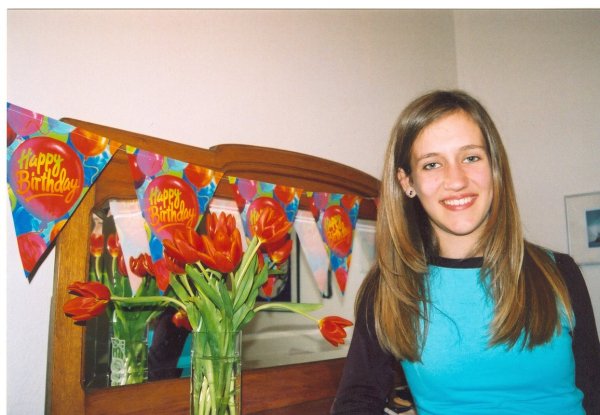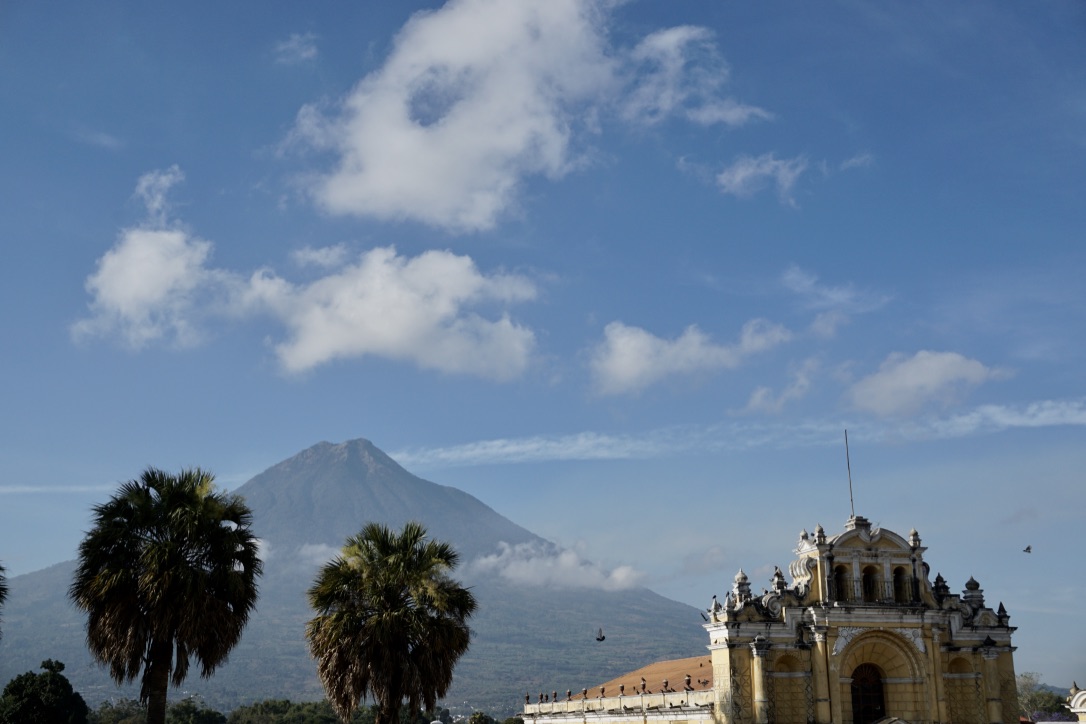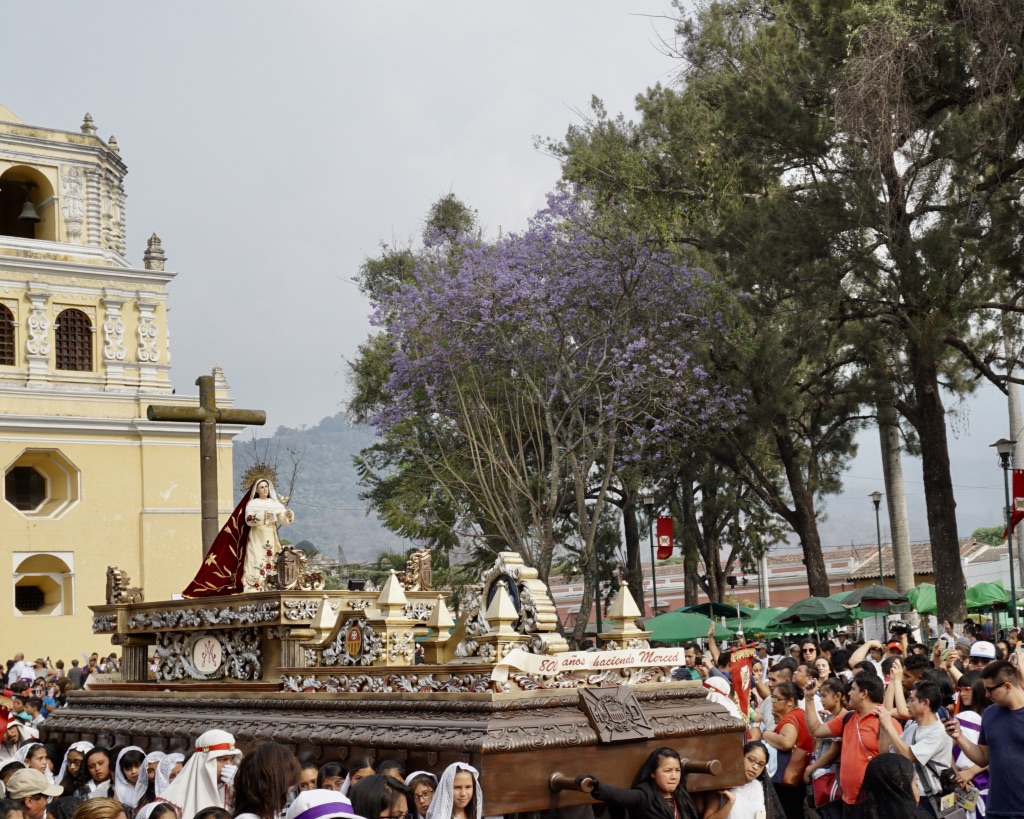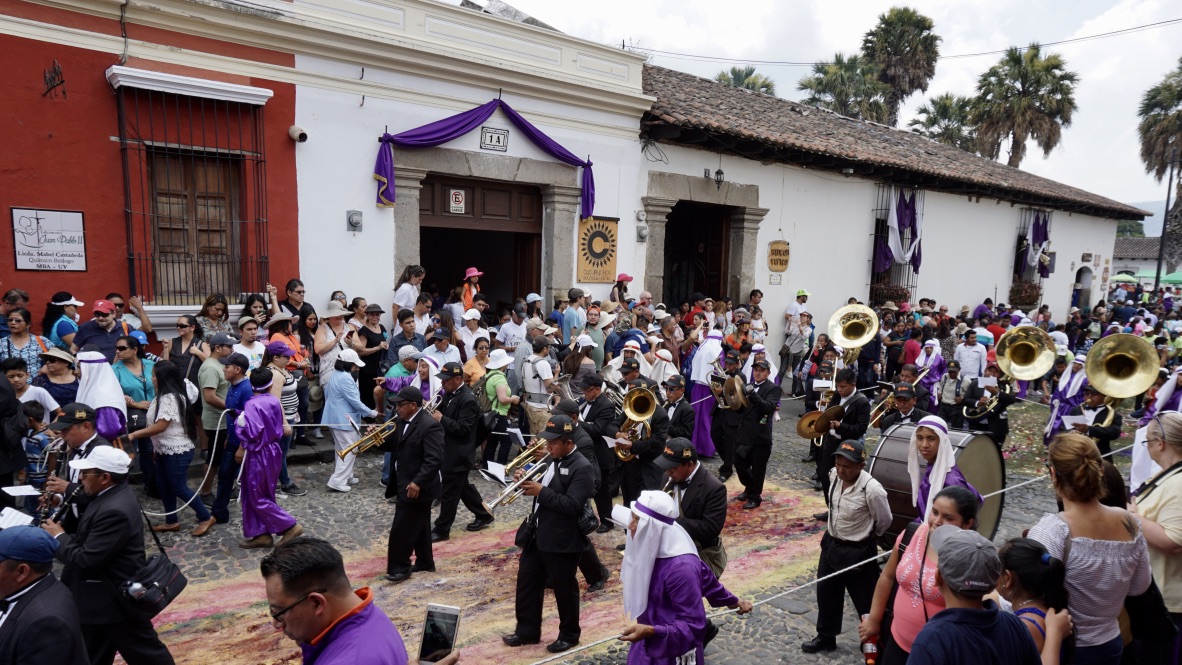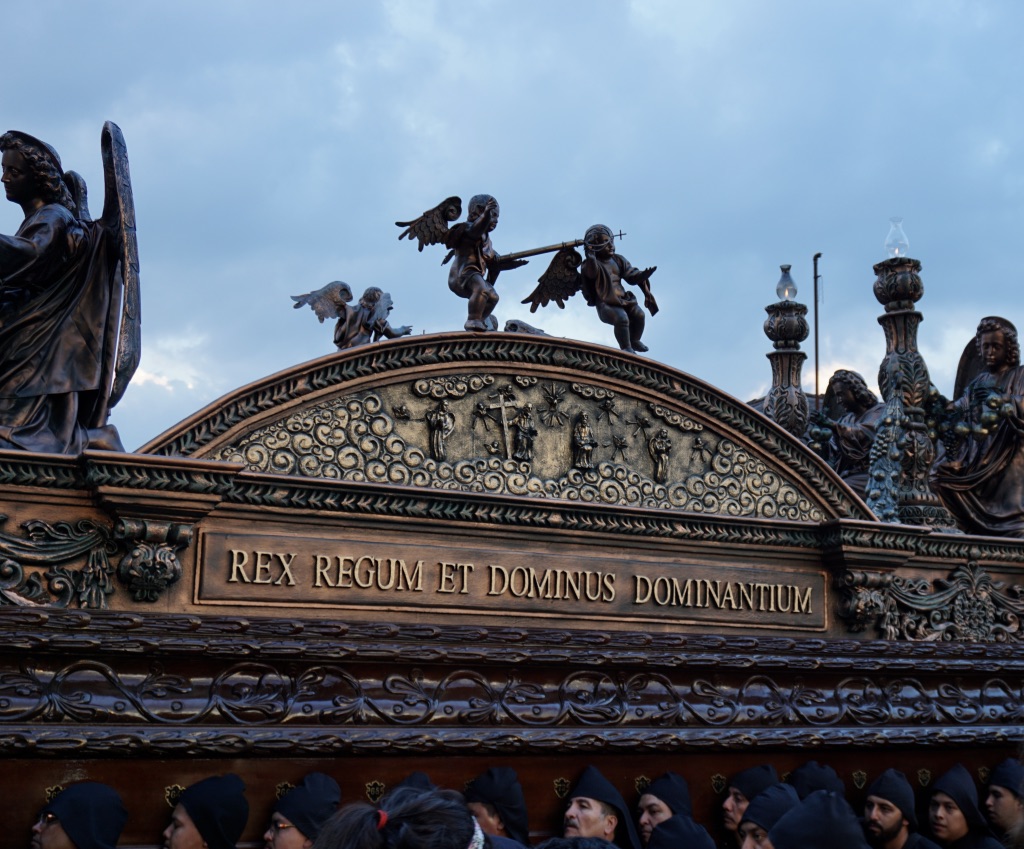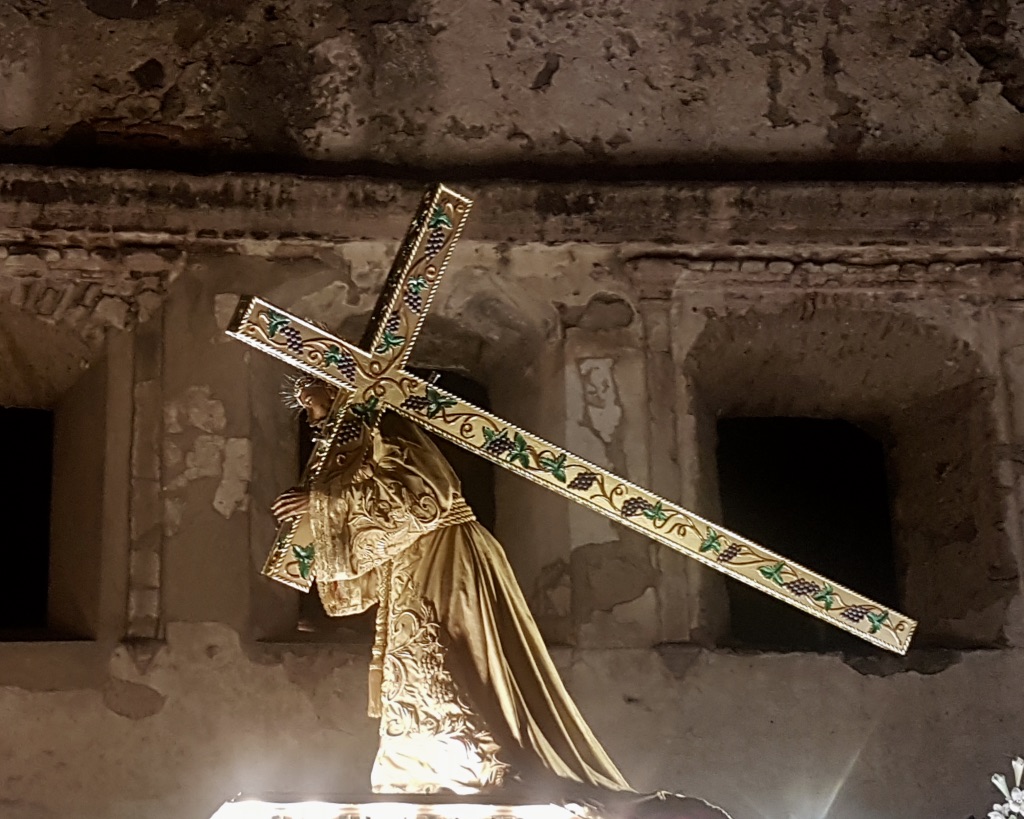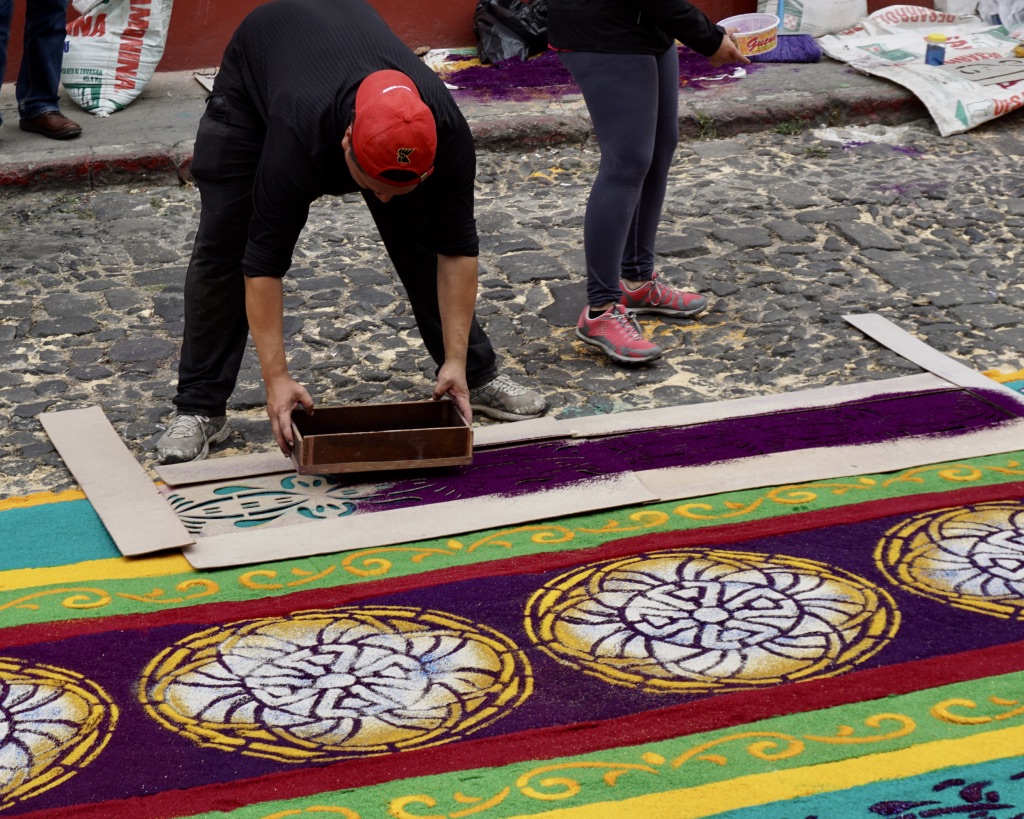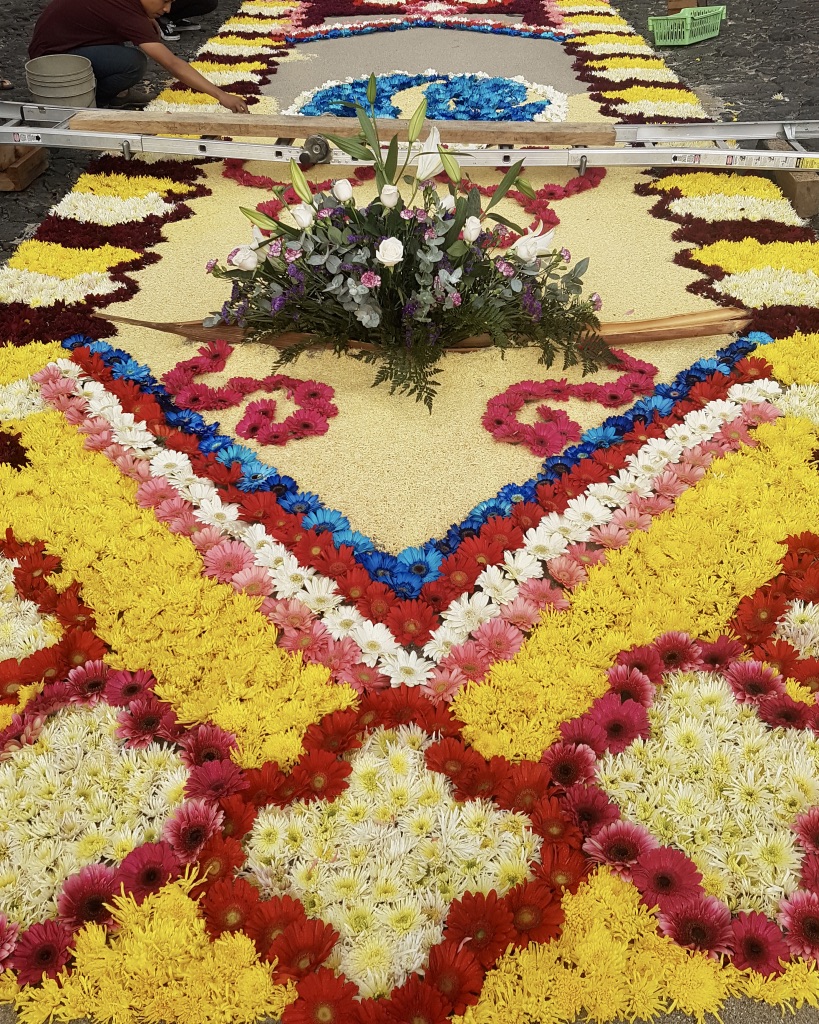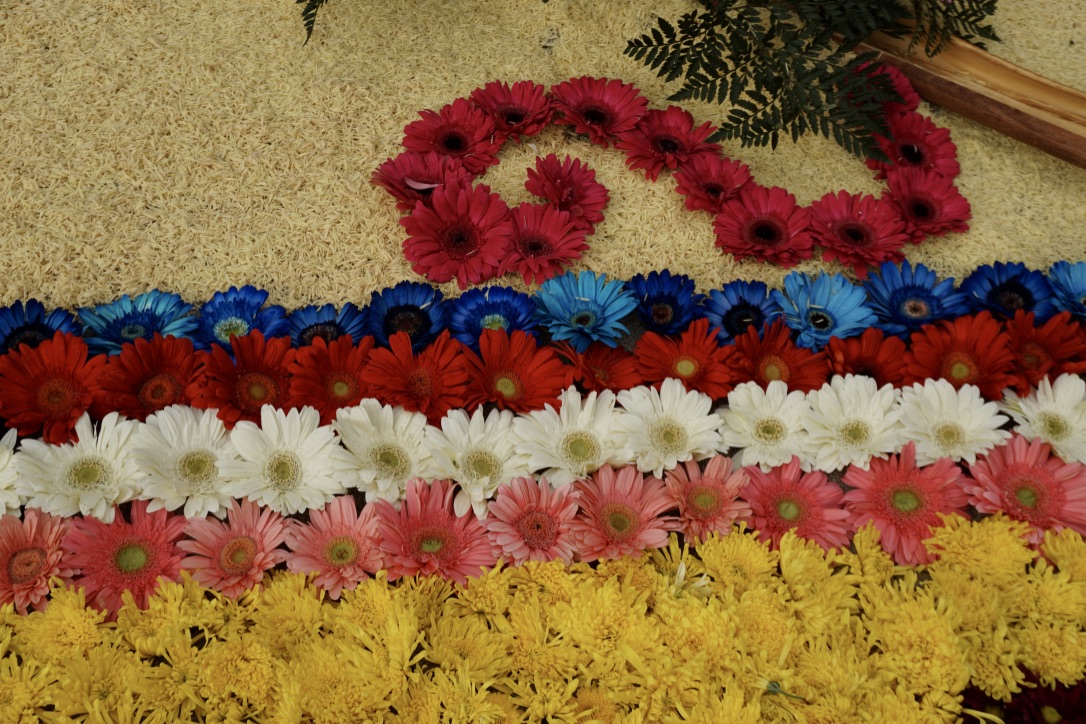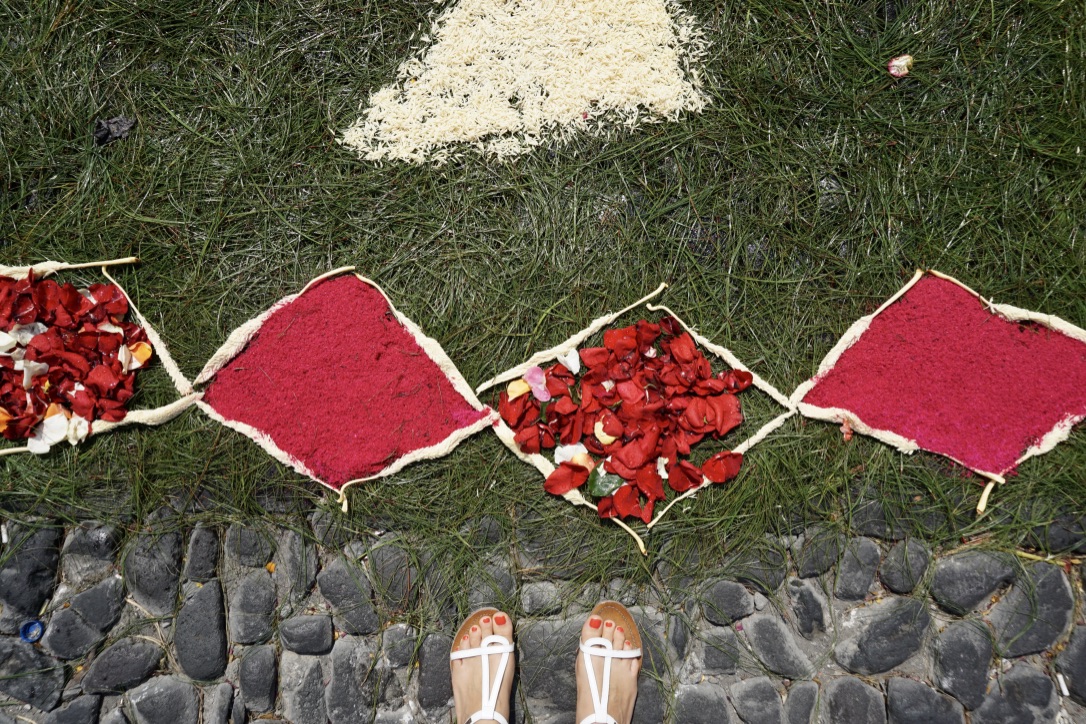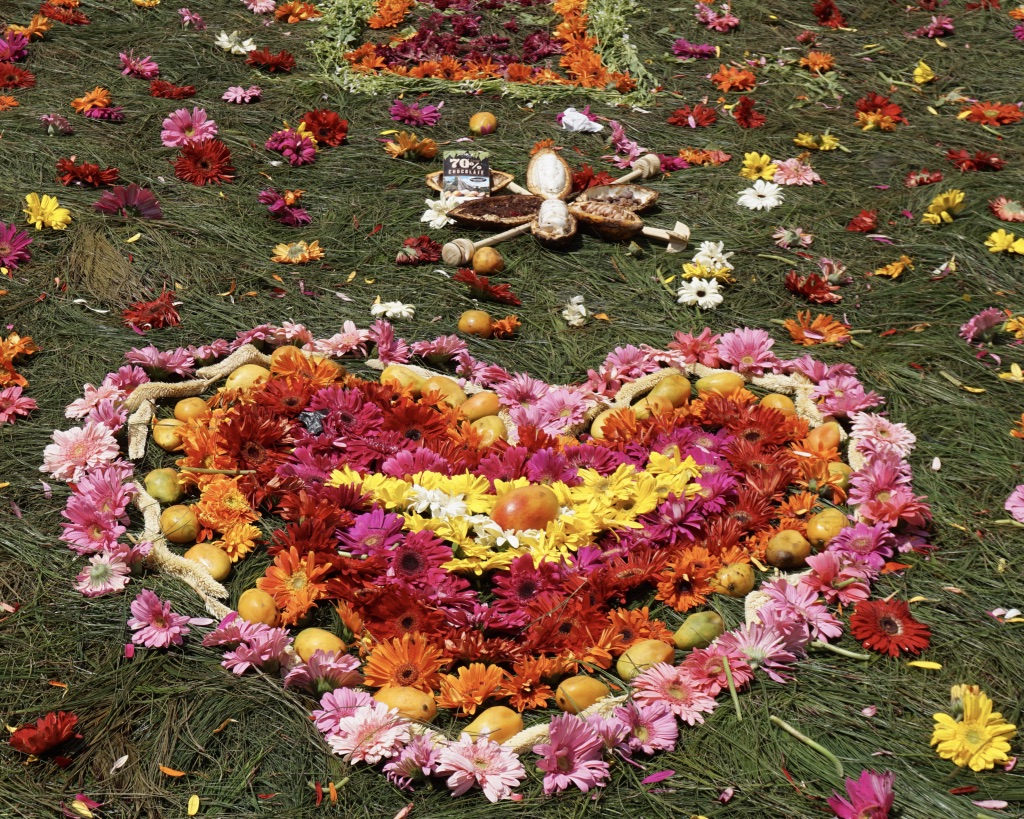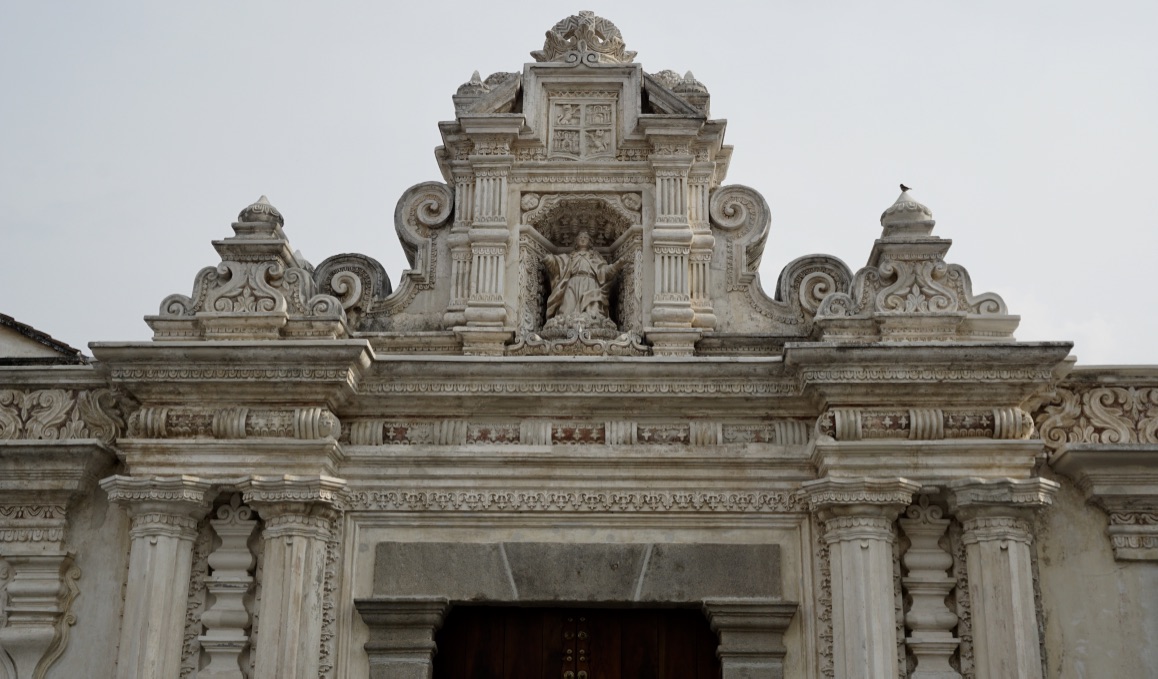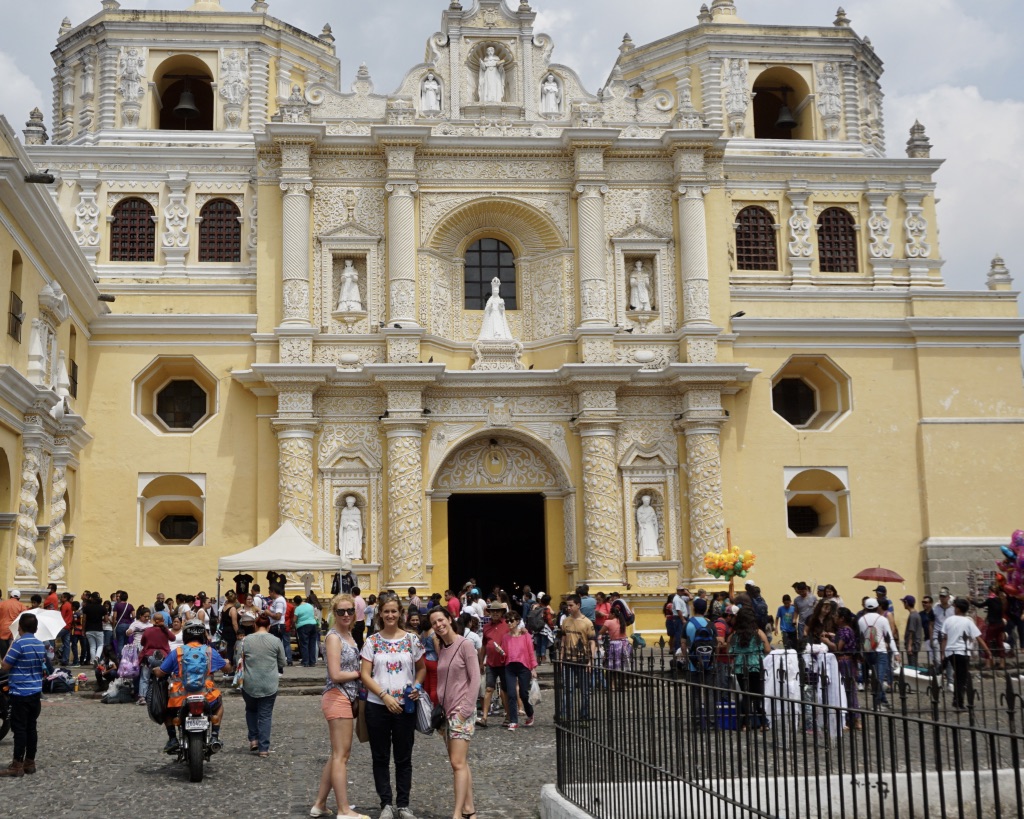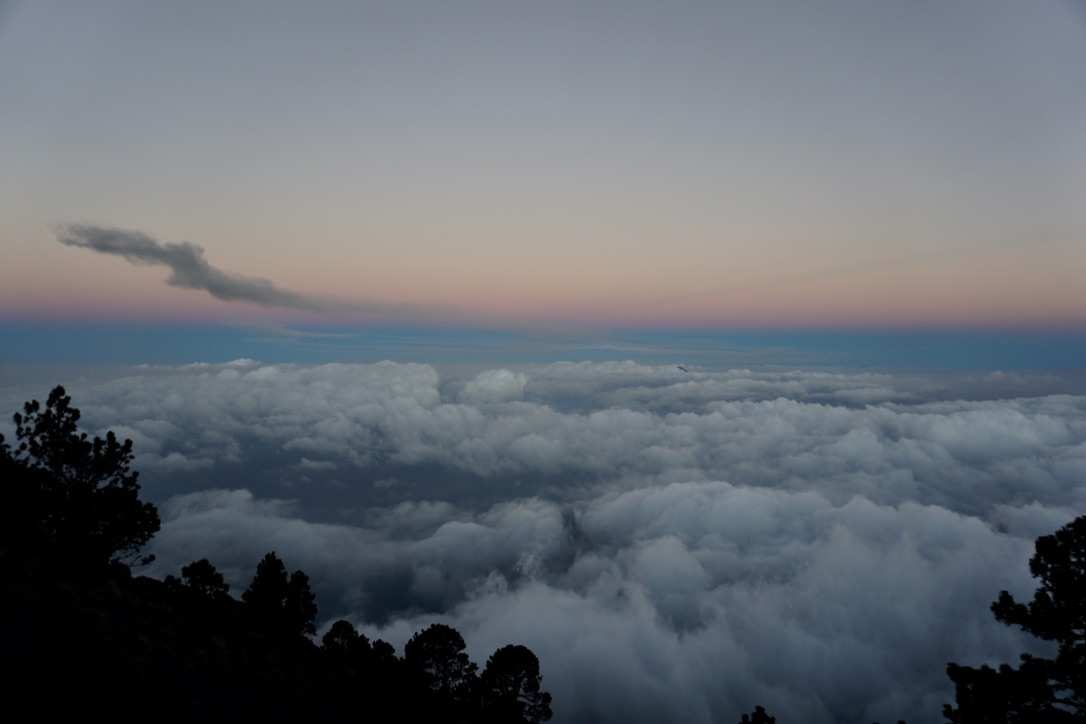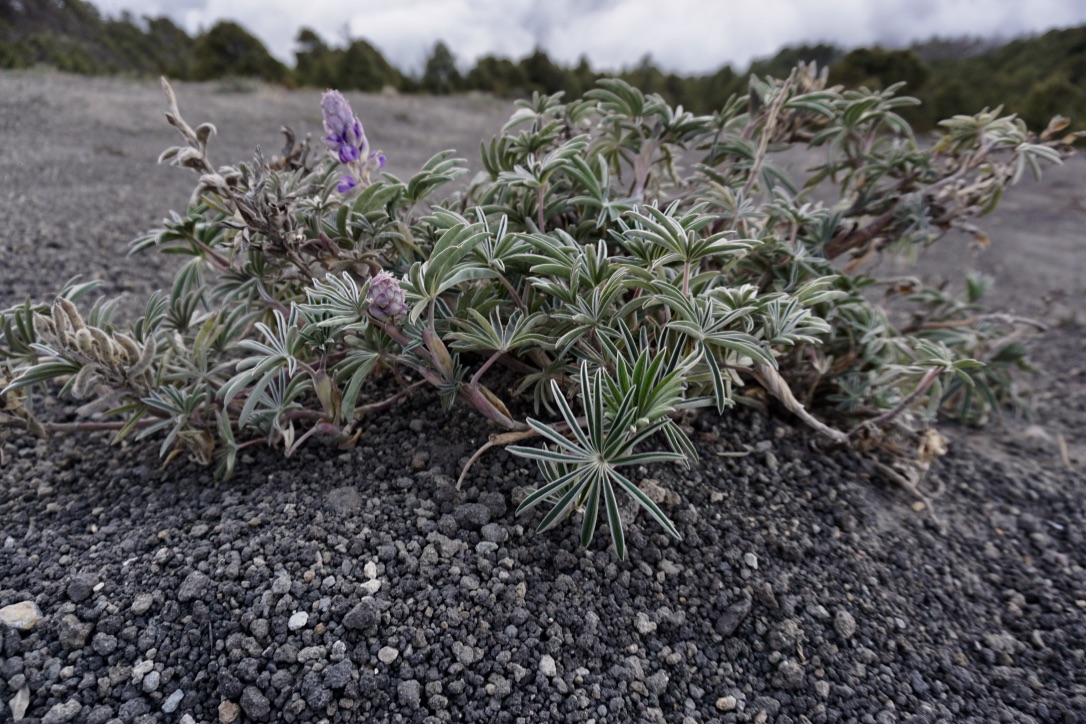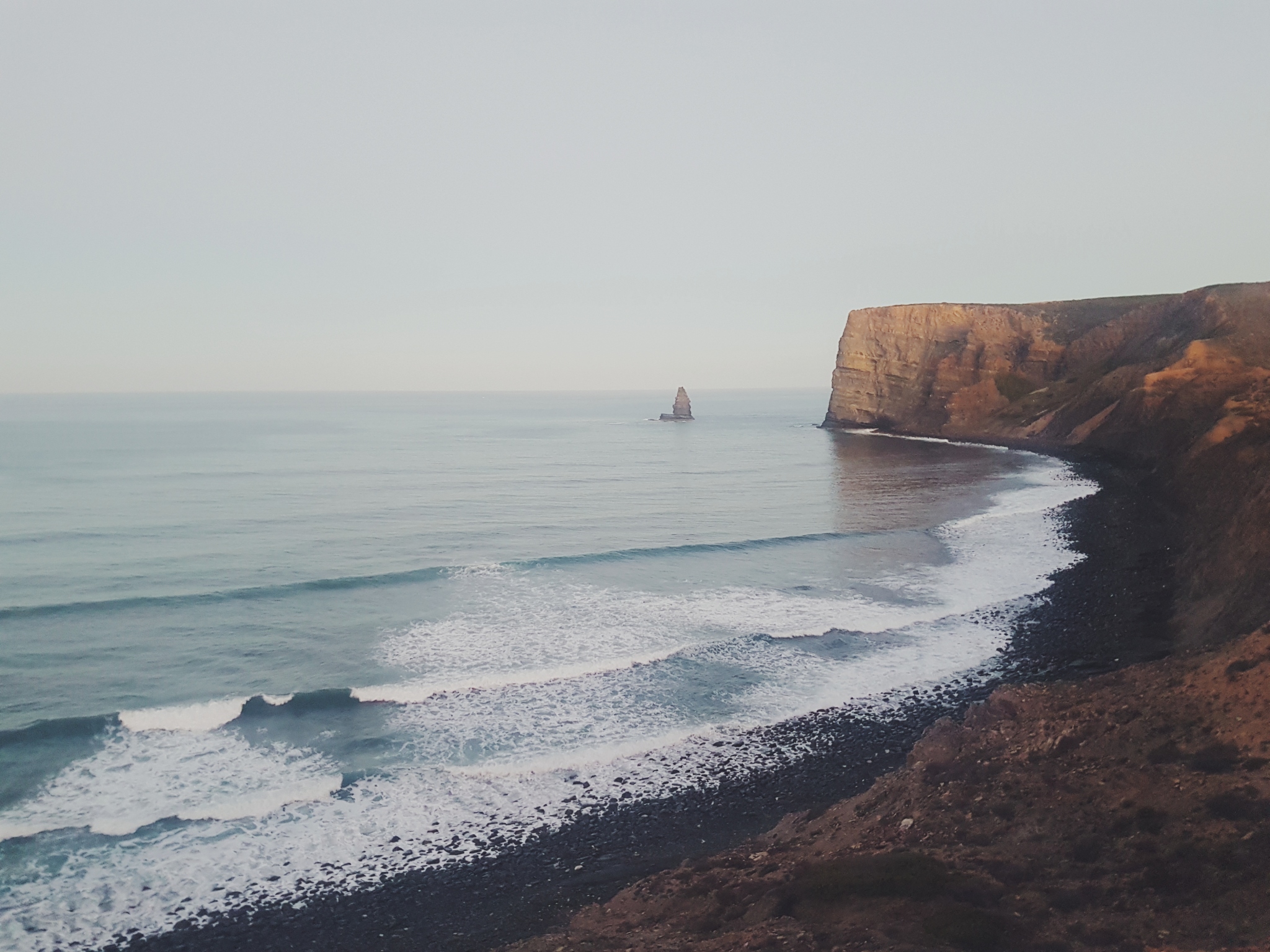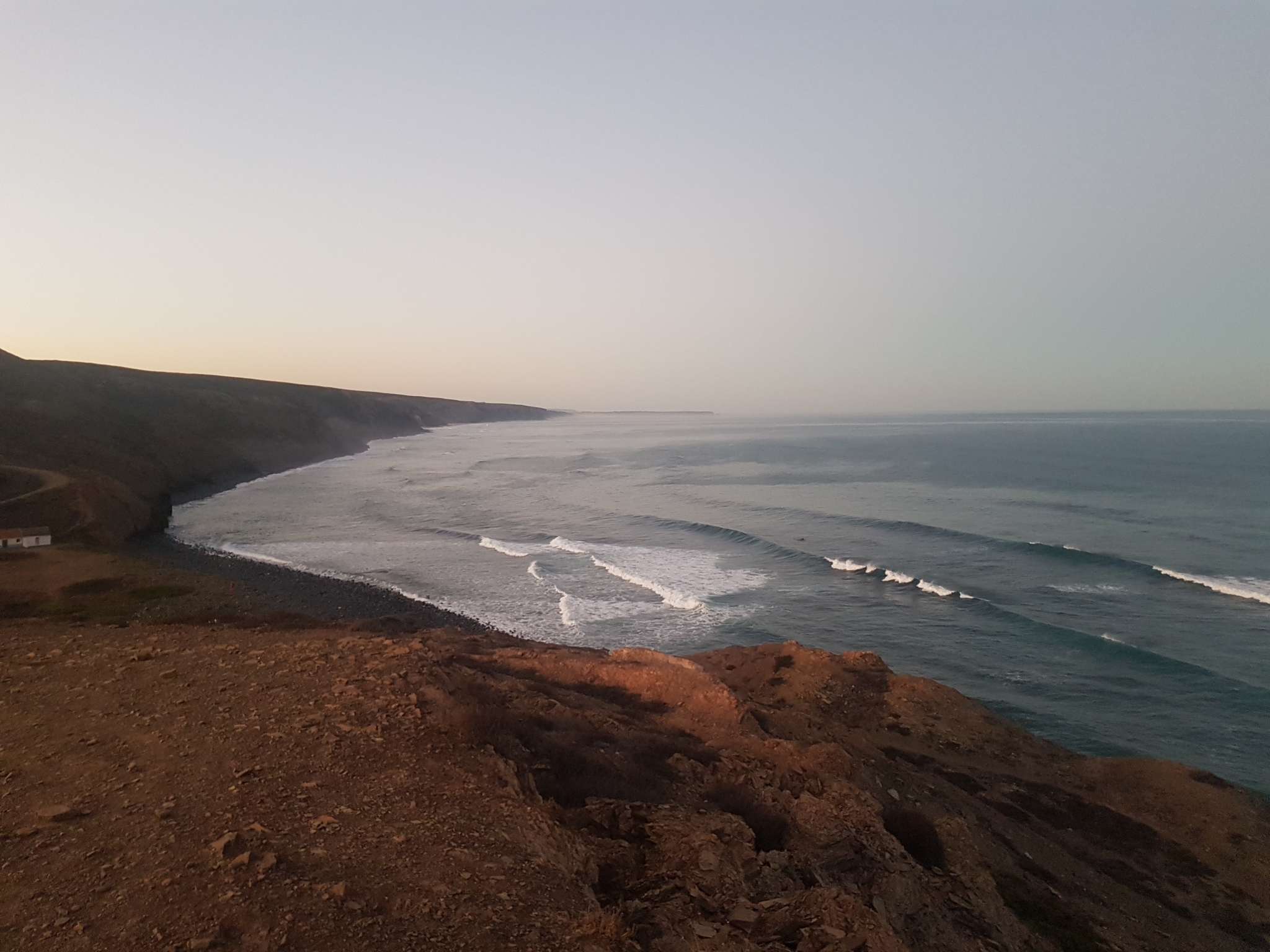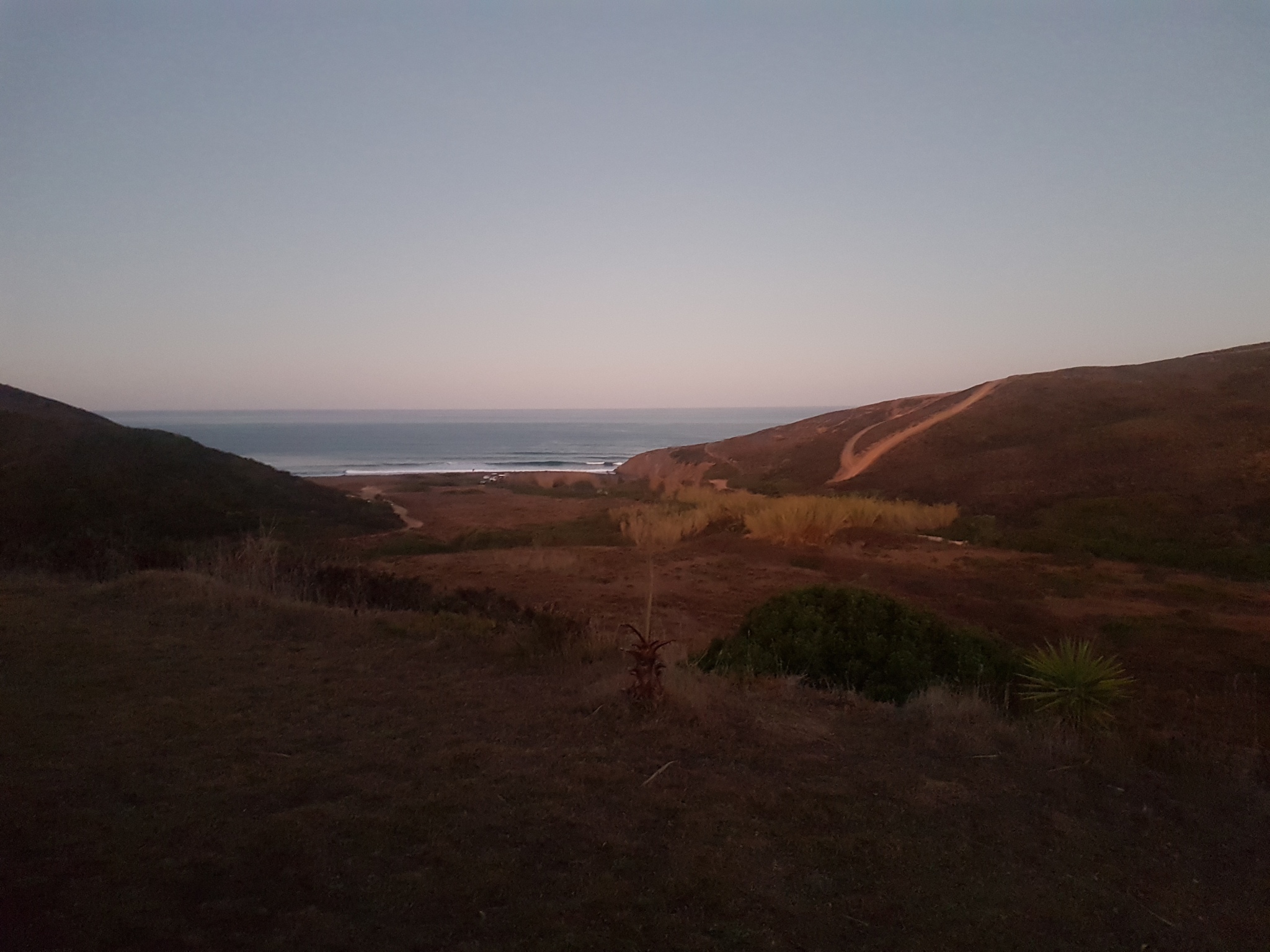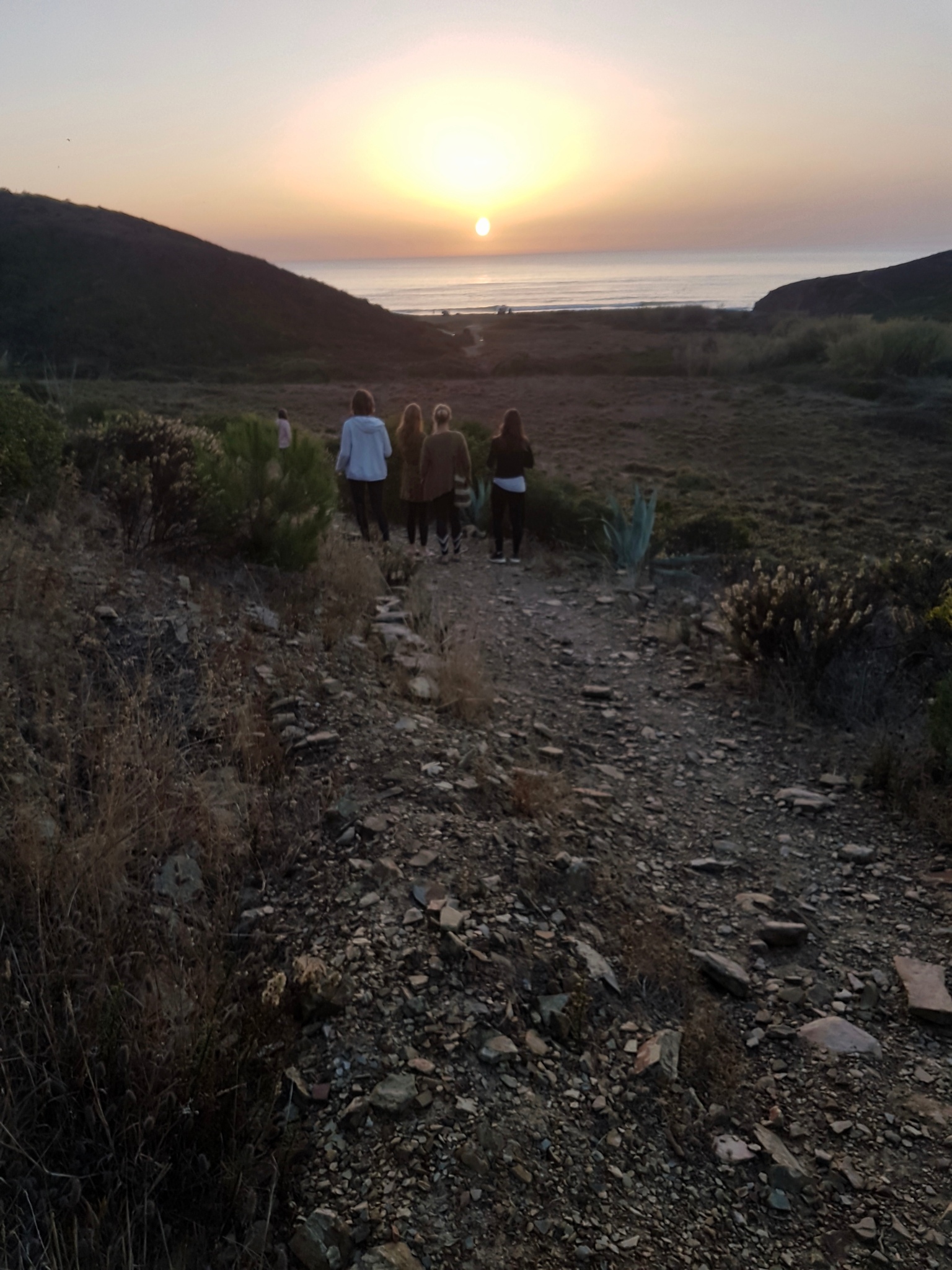My eco-anxiety is back, an old companion I thought I’d managed to shake off with a mixture of a low-impact lifestyle and cognitive behavioural therapy. But having to keep my toddler home because it was too hot to send them to nursery – in the UK – while the likely candidate for our future prime minister plans to double down on North Sea oil and gas, have left me with nothing but horror and fear for what lies ahead.
Writing helps, so I thought I would share some thoughts, and potentially a bit of hope.
I recently finished reading David Olusoga’s Black and British: A Forgotten History. I picked this up soon after moving to Bristol, having moved to an area of the city that is rich in and from colonial, slave-trafficking and imperial history, feeling like I needed to contextualise the beautiful architecture around me. Olusoga is a resident of Bristol, famous for his BBC history programmes, and recently in the news for testifying in the Colston Four trial. ‘Black and British’ is a masterpiece, and I highly recommend it to anyone living on this island. Not only is the research astounding, the writing is both beautiful and accessible.

There are so many chapters and elements to comment on, but it was the section on the abolition movement that stuck out as a lesson to reflect on. In short (and hoping I don’t oversimplify too much): at the end of the eighteenth century, slavery was completely embedded across the British economy, products produced by slaves were everywhere, enormous amounts of political power were invested in the system, and as such there were very few voices publicly denouncing it.
The slave trade and slavery was held up by centuries of racist and exploitative economic theories, but abolitionists also realised that they was tolerated by the general public mainly because they knew very little about it, rather than actively supported it. As such, abolitionists focused on educating the public about the realities of the slave trade as part of their campaign. Through the distribution of thousands of tracts and pamphlets, mass petitions gathering millions of signatures, political lobbying, boycotting, platforming the perspectives of former enslaved persons, making space for activism from women (who were denied the vote but who could play a role by emphasising mercy and compassion, which was deemed feminine), and providing physical evidence, abolitionists were able to turn the tide of public opinion and push for the abolition of the slave trade.
The role of former slaves and the impact of this public campaign was brilliantly told in a play recently shown at the Bristol Old Vic. The Meaning of Zong, written and performed by Giles Terera, tells the story of Olaudah Equiano, a writer, abolitionist and formerly enslaved person, who publicly spoke about the legal trial on a massacre aboard a slave ship named Zong, where 132 Africans were thrown overboard. This set in motion the events leading to the abolition movement in the UK. At one point during the trial, the narrator points across the stage, at the judge (who owned slaves), at the jury (who profited from the slave trade) and at the prosecutor and the defence lawyer (who all had investments in transatlantic slave trade). Across the board, power and money were tied up in the kidnapping of humans. But through the publicity and debate generated by the case and decades of committed activism, abolitionists managed to achieve the impossible.
Of course, as we know and as ‘Black and British’ goes on to show, the British abolition of the slave trade was not the end of slavery, nor the end of the horrors of the British empire. And this is not to contribute to a disingenuous and nationalistic ‘pat on the back’ that often accompanies discourse on abolition. But it was a positive step towards ending one of the most damaging parts of history, and one of which abolitionists can take credit.
While the context and challenges are different, I see parallels between the fight against slavery, with its total integration across the economy – as energy, means of production and wealth creation – with the fight against fossil fuels. We are living through a time when it seems like the forces of big oil and gas are winning against those trying to merely ensure the future of a liveable planet. With their total integration across our economies and political systems, it’s so easy to get despondent and paralysed in the face of climate breakdown.
But a reminder of concrete examples of social movements and the people involved can provide us with inspiration to shift from despair to action, with a successful end goal in sight. Lessons from our history can remind us that advocacy on system-wide challenges can be successful. Campaigning, building public support and storytelling are of upmost importance. And it’s this that we have to remember as we pick up the courage to keep chipping away at the system, that success is possible. As many activists keep repeating, there is a big difference between 4 degrees and 1.5 degrees warming. Every effort helps, and every fraction of a degree matters.



